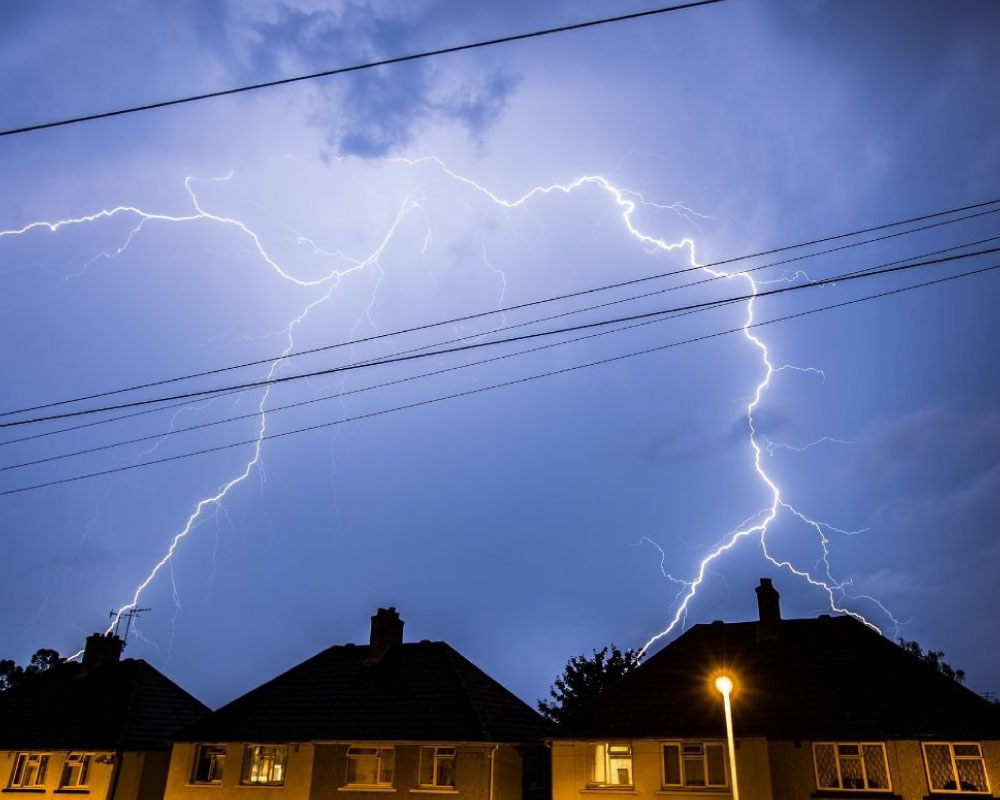Building Lightning Protection
Lightning strikes pose a significant risk to property, building occupants and electrical infrastructure. It is expected that these risks will increase as a result of climate change.
Voltix Services is here to advise on lightning protection systems required for compliance, based on risk assessments in accordance with BS EN 62305. We provide tailored solutions to intercept lightning, conduct the electrical current safely to the ground and disperse it. Prevent fires, prioritise safety and meet insurance and compliance requirements with accredited installations and maintenance solutions.
Commercial Lightning Protection Solutions
Understand Building Lightning Protection Compliance
In the UK, certain buildings are legally required to have lightning protection systems, including high-rise buildings, hospitals, schools and other public facilities. Lightning risk assessments are often based on British Standard BS EN 62305. These determine the need for lightning protection in other structures, such as industrial facilities, historical buildings and large venues.
Which buildings are legally required to have lightning protection systems?
For some building types, lightning protection systems are mandatory. These include:
Structures exceeding a certain height are more susceptible to lightning strikes and are often mandated to have protection.
These facilities house many people and often have critical equipment, making lightning protection crucial for safety and functionality.
Buildings like shopping centres, sports stadiums and places of worship, where large numbers of people congregate, are also frequently required to have lightning protection.
While not always mandated, many other building types are subject to risk assessments to determine the need for lightning protection.
What buildings are frequently required to have lightning protection systems?
The need for building lightning protection is determined by a risk assessment. As a result, the following building types are regularly found to require lightning protection:
Facilities like water treatment works, power distribution centres and solar farms often require protection due to the nature of their operations.
Castles, churches and other historically significant structures may need protection due to their age and construction materials.
Data centres, laboratories and facilities with sensitive electronic equipment are vulnerable to electrical surges and often benefit from lightning protection.
High-end homes and those in areas with frequent thunderstorms may also benefit from lightning protection.
What factors influence the need for lightning protection systems?
A risk assessment, often based on BS EN 62305-2, is used to determine the likelihood of a lightning strike and the potential consequences, guiding the decision on whether to install a lightning protection system.
Taller buildings and those located in areas with a high frequency of lightning strikes are at a greater risk.
Structures with high occupancy, such as schools and hospitals, have a higher risk of injury from a lightning strike.
Facilities with sensitive equipment or flammable materials may require more robust protection.
Benefits of Working with Voltix Services for Lightning Protection Systems
Protect staff, building occupants and property from the damaging effects of lightning strikes.
We provide accredited certification that can be used as an audit trail for maintenance and testing. This is important validation for insurers, auditors, buyers and investors.
Avoid losses at claims time and potentially lower insurance premiums with the requisite lightning protection systems and maintenance.
Prevent downtime and the high costs of damage to electrical systems, equipment, data and building infrastructure.
Enjoy full transparency of all historic and upcoming compliance processes, with online access to lightning protection certificates, via our client portal.
One partner for installation, lightning protection testing and maintenance and repairs and remedial works.
Accreditations
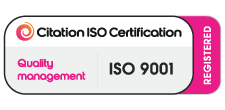
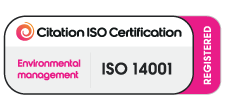
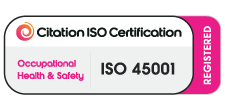

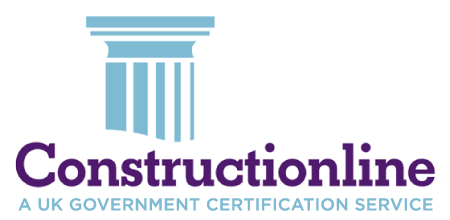


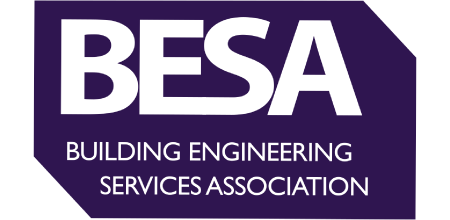
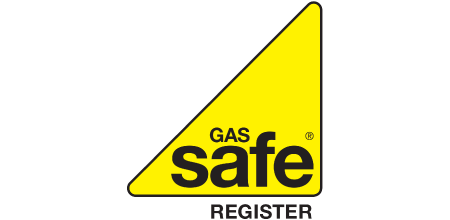
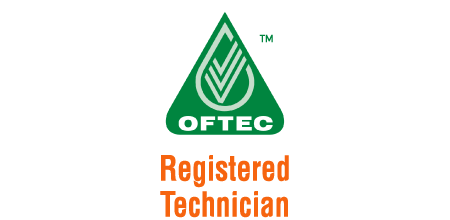
Frequently Asked Questions
Lightning protection standards and inspection requirements in the UK.
What standard governs lightning protection in the UK?
- The current standard is BS EN IEC 62305.
- Updated editions (BS EN IEC 62305‑1 to 4) were published in 2024 and will supersede earlier versions by 31 October 2027.
How often must lightning protection systems be inspected and tested?
- Annual inspection and testing are required for commercial systems once installed, under BS EN 62305 and the Electricity at Work Regulations.
- Foundations earthing resistance typically needs a five‑yearly “fall-of-potential” test, while isolated earth rods should be tested annually using appropriate methods.
Your Partner for Commercial Lightning Protection
With a focus on compliance, safety and service excellence, Voltix Services is on-hand to provide full specialist lightning protection systems solutions. From system installation to ongoing testing, maintenance and repairs, achieve your compliance goals for safety.

